SP's Land Forces - Issue 2 - 2015
<< Previous Issue Next Issue >>

The insightful articles, inspiring narrations and analytical perspectives presented by the Editorial Team, establish an alluring connect with the reader. My compliments and best wishes to SP Guide Publications.

"Over the past 60 years, the growth of SP Guide Publications has mirrored the rising stature of Indian Navy. Its well-researched and informative magazines on Defence and Aerospace sector have served to shape an educated opinion of our military personnel, policy makers and the public alike. I wish SP's Publication team continued success, fair winds and following seas in all future endeavour!"

Since, its inception in 1964, SP Guide Publications has consistently demonstrated commitment to high-quality journalism in the aerospace and defence sectors, earning a well-deserved reputation as Asia's largest media house in this domain. I wish SP Guide Publications continued success in its pursuit of excellence.

Prime Minister Modi’s visit to Seychelles, Mauritius and Sri Lanka was to deepen India’s focus on the IOR

Government is committed to ‘Make in India’, but for critical projects and immediate requirements, we will import. Government needs to sense the strategic requirements and is very clear that ‘Make in India’ is a long-term initiative.
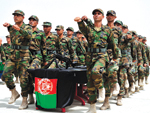
An important element in the future of Afghanistan is the capacity of the Afghan National Army (ANA) or rather the Afghan National Security Forces (ANSF) to defend the country after the departure of NATO and US forces
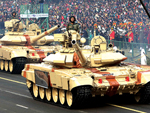
Recently the Defence Minister, Manohar Parrikar, said that there was an urgent need to appoint a Chief of Defence Staff (CDS), a proposal that has been hanging fire since 2001
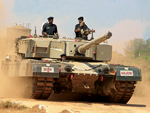
In indirect fire weapons, the gunners do not see the target and use an artificial aiming reference to engage and carry out corrections
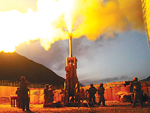
The latest defence allocation comes in the wake of the Modi Government’s all-out push for the ‘Make in India’ initiative, the ‘heart’ of which, as noted by the Prime Minister...
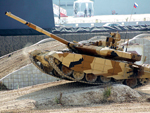
Military-technical cooperation betwen Russia and India dates back to the 1960s. Since then, as a result of mutually beneficial partnerships, the Indian Army has been more than 70 percent equipped...
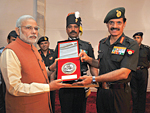
In August 1914, soon after the outbreak of war when the British Expeditionary Force had been almost wiped out, Britain called on the Indian Army to fill the vital gap left in its defences.
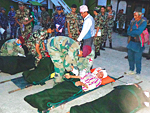
The Indian Military is an institution that responds fast and spontaneously and does not wait to receive any formal orders and instructions to a developing situation.
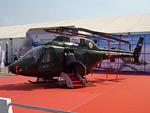
HAL is powering on with the LUH ahead of a potential first flight in July or August this year.
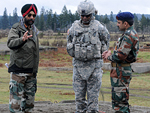
Indian and US Army soldiers showcased their engineer operations and systems skills to each other recently at the Joint Base Lewis-McChord, U.S.A. During the visit the Indian Army officials discussed...
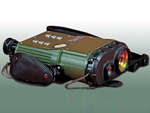
The DRDO’s Laser Science and Technology Centre (LASTEC) has unveiled an indigenous Optical Target Locater (OTL), a laser-based portable surveillance device, for detection of passive or active optical threats.
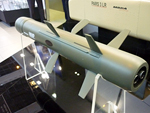
European missile firm MBDA has pitched the Missile Moyenne Portée (Medium Range Missile) fifth generation anti-tank missile system for co-development and co-production in India.
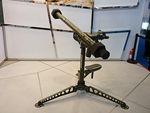
With systems trials of sighting systems and sensors for the VSHORADS programme complete recently in Bengaluru and Dehradun, the path is presumably clear for the commercial phase of the massive acquisition programme.
The Indian Army is planning to procure Ultra Light Recovery Vehicles (Short chassis) recovery vehicles to provide repair and recovery cover in mountains to all wheeled vehicles up to a gross vehicle weight of 6 tons. The Army has stipulated it requires vehicles with a minimum range of 700 km on road and 500 km in mountains with top speed of at least 80 km and 30 km respectively.
The Army is scouting an unspecified number of new Low Level Light Weight Radars Mark-ll for deployment in non-mountainous sectors like desert and plains. The radar needs to be easily transportable and capable of detecting even small, low-RCS entities like UAVs.